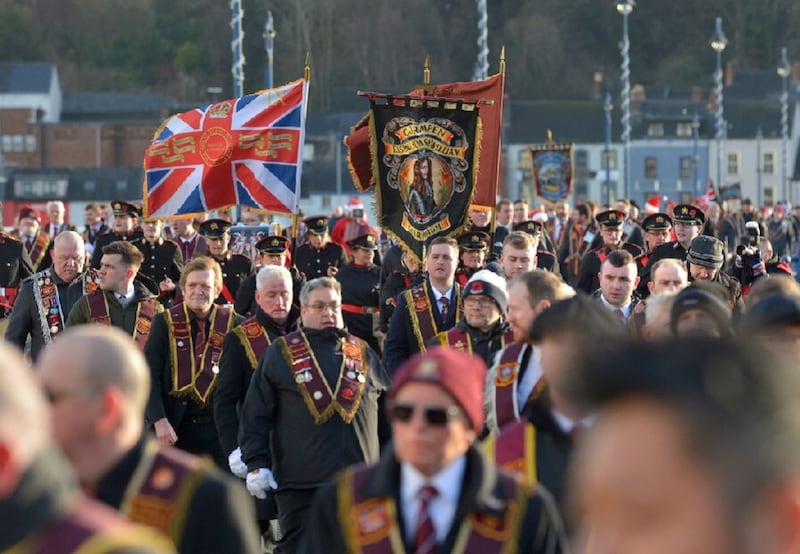What is the Orange Order and what is the Grand Orange Lodge of Ireland?
The Orange Order is central to the Twelfth of July and Northern Ireland’s ‘marching season’, and is the largest and best-known of the Protestant fraternal organisations referred to as loyal orders.
With the formal title of the Loyal Orange Institution, the Orange Order is linked worldwide to Northern Ireland, where The Grand Orange Lodge of Ireland oversees individual lodges, along with several lodges in parts of the Republic.
The Orange Order also has a presence in a number of countries across the world, including Canada, Australia, and Ghana.
But what exactly is the Orange Order, and what do its members and parades stand for?
Read more:
Patrick Murphy: What exactly is the Orange Order celebrating? (Premium)
Origins of the Orange Order
The organisation is named for William of Orange, the Dutch Protestant prince who became King of England, Scotland and Ireland following his defeat of the Catholic King James II during what would become known as the Glorious Revolution.
The monarch, often referred to as King Billy, took the throne in 1689 following his invasion of England and his most famous fight on Irish soil was against King James at the Battle of the Boyne in Co Meath in the Republic of Ireland, which the Orange Order today celebrates as the event that cemented the Protestant Ascendancy.

Who can join the Orange Order and why do Orangemen march?
The modern Orange Order welcomes members who are of the Protestant faith to join the fraternity, and specifically excludes Roman Catholics.
Although a rule ignored by many within the organisation and not enforced by its modern leadership, the Order officially forbids members from attending the funerals of Catholics as part of its ban on partaking in any form of Catholic worship.
Upon joining the Order, members can climb through various ranks up to Grand Master, and often take part in secret ceremonies to do so.
The secrecy of aspects of the Orange Order and its rites has seen it compared to other fraternal ‘secret societies’ such as the Freemasons.
Women are only permitted to join women’s Orange lodges, the first of which was founded in 1800.
Order members meet regularly at Orange halls, which are the headquarters of local lodges, and take part in a number of community events including fundraising.

However, its best-known practice is parading, and the order takes part in thousands of marches annually across Northern Ireland.
The Twelfth of July and the Orange march
Read more: What is the Twelfth of July?
The marching season over the spring and summer months is when most parades are held, with the Twelfth of July the peak of this period, when most Orange Order members march to commemorate the Battle of the Boyne.
Orangemen and women wear sashes as part of a uniform identified with the Order, and march alongside banners proclaiming the identity of their individual lodges.
One of the most common items of dress associated with the Order is the traditional bowler hat, and although still proudly worn by some members, it is a less-common sight in today’s parades than in years gone by.

Lodges also hire loyalist bands to accompany them during parades, though bands also hold parades of their own without the involvement of lodges during the marching season.
Contentious parades
To its critics, the Orange Order is linked to sectarianism, with many viewing its marches as acts of triumphalism over its Catholic and Irish nationalist neighbours.
This image has been spurred on by certain lodges marching with bands linked to loyalist paramilitary organisations, and some marches featuring paraphernalia associated with such groups, including banners.
Read more:What are eleventh night bonfires?
One of the members of the notorious Shankill Butchers gang, Eddie McIlwaine, was described by an Order spokesperson in 2014 as a “member in good standing”.
McIlwaine had been jailed for eight years in 1979 for kidnapping, assault and weapons charges over his role in the gang, which targeted innocent Catholics and is linked to the murders of up to 19 people.
Read more: Who were the Shankill Butchers?
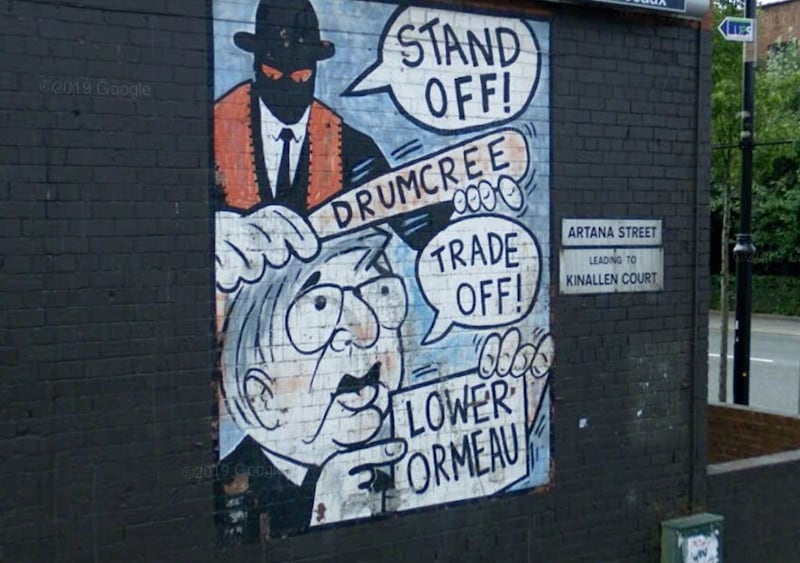
Orangemen were also accused of mocking victims of the massacre of five Catholics at Sean Graham’s betting shop in south Belfast in 1992, when a parade passing the spot saw Orangemen hold up five fingers in reference to the number shot dead in the UDA attack.
In the mid-1990s, residents of the mainly nationalist Garvaghy Road in Portadown successfully stopped an annual Orange parade that passed through the area on its way to nearby Drumcree Church. The Parades Commission decision to ban the parade led to several years of widespread protest violence across Northern Ireland during the marching season.
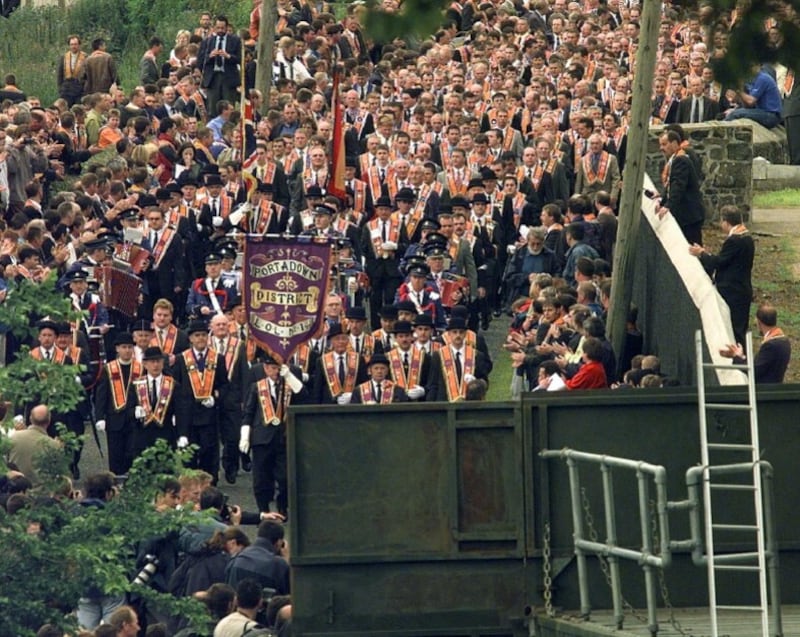
During the height of the Drumcree stand-off in 1998, three young brothers, Jason, Mark and Richard Quinn, died when their home in Ballymoney, Co Antrim, was attacked by a UVF member with a petrol bomb. The fatal attack was seen as a turning point in the Drumcree dispute, and spurred on efforts to find a resolution.
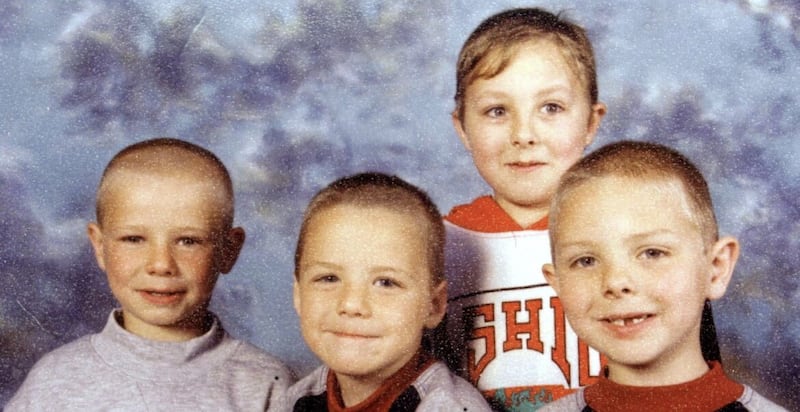
During the dispute, known members of loyalist paramilitary organisations including UFF leader Johnny Adair attended a protest at Drumcree alongside Orangemen. To this day the Garvaghy Road parade is banned by the Parades Commission, with Orangemen holding an annual protest.

Other contentious parade routes include north Belfast’s Crumlin Road, where a dispute between lodges and nationalist residents in Ardoyne resulted in rioting over several summers before a deal to allow a morning parade without a return leg was brokered in 2016.
Read more: Understand Ardoyne, you understand the Troubles
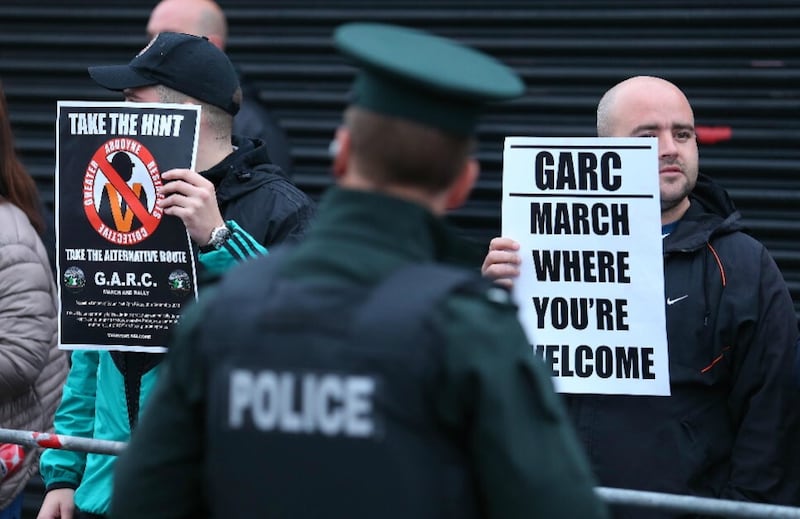
The Orange Order and its members have also been at the receiving end of sectarianism from nationalists and republicans, including attacks on Orange halls.
Many within the Order have accused those opposing their parades of being intolerant of Orange culture
Relationship with unionism
The Orange Order is closely linked to unionist parties in Northern Ireland, with many senior unionist figures active members of lodges.
DUP leader Jeffrey Donaldson and other DUP MPs are members of the House of Commons Orange Lodge at Westminster. The DUP’s founder Ian Paisley was himself an Order member before leaving in the early 1960s over senior members attending Catholic services. Mr Paisley later joined the off-shoot Independent Orange Order.
Unionists have traditionally backed the Orange Order in parading disputes including Drumcree, and have also invited senior Order members to participate in talks over political issues as part of a united Protestant, unionist and loyalist (PUL) front.
Read more:
- Orange lodges permitted to engage with Sinn Féin
- Orange Order rejects Windsor Framework as basis for return of powersharing Stormont
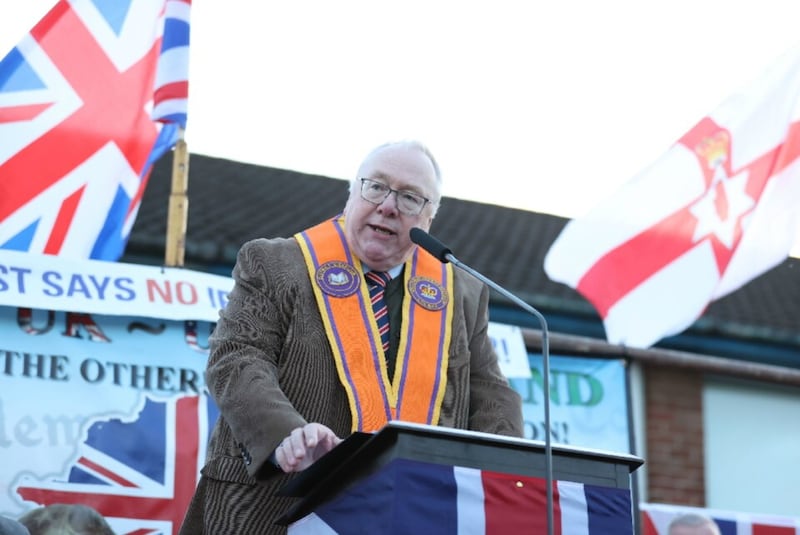
Other loyal orders linked to unionism and closely resembling the Orange Order in structure and customs are the Apprentice Boys of Derry, and the Royal Black Preceptory.
The Ancient Order of Hibernians, founded in the USA, is an Irish Catholic and nationalist fraternal organisation that has members in Northern Ireland and bears similarities to loyal orders, despite being politically opposed to unionism. Its members wear green sashes and hold parades to mark dates including the Feast of the Assumption which is celebrated by Catholics on August 15.
